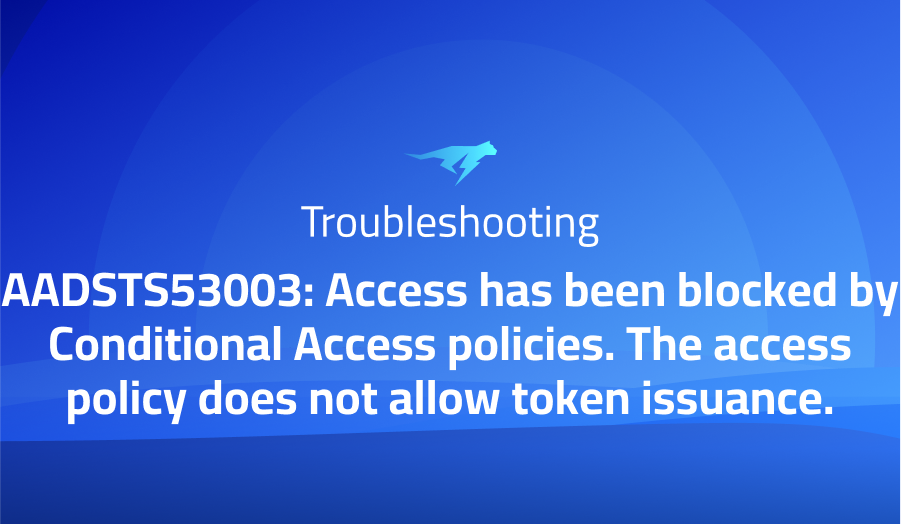

cannot customize style of ng-select in Angular
Explanation of the problem
The user is attempting to modify the style of an ng-select component by adding custom CSS code to the component’s style file. They have included the desired CSS code below:
ng-select > div {
border: 0!important;
outline: none;
}
ng-select > div > div.single > div.toggle {
color: #2ebaee!important;
}
ng-select > div > div.single > div.placeholder {
text-align: center;
}
select-dropdown > div .filter {
display: none;
}
However, the changes are not reflected in the component. Upon inspecting the element using the browser’s developer tools, the revised style is not visible. The user has attempted to paste the same style into the global style.scss file, which resulted in the desired changes but overrides all ng-select components in the project. The user is seeking guidance on how to modify the ng-select component’s style specifically within the component.
Troubleshooting with the Lightrun Developer Observability Platform
Getting a sense of what’s actually happening inside a live application is a frustrating experience, one that relies mostly on querying and observing whatever logs were written during development.
Lightrun is a Developer Observability Platform, allowing developers to add telemetry to live applications in real-time, on-demand, and right from the IDE.
- Instantly add logs to, set metrics in, and take snapshots of live applications
- Insights delivered straight to your IDE or CLI
- Works where you do: dev, QA, staging, CI/CD, and production
Start for free today
Problem solution for cannot customize style of ng-select in Angular
The ng-select component in Angular allows for the selection of one or more items from a dropdown list. One common problem encountered when using ng-select is customizing its style in a specific component without affecting other ng-select components in the project. To achieve this, there are two proposed solutions: using a custom class or the ::ng-deep approach.
The first solution involves adding a custom class to the ng-select component in the specific component’s template. Then, the desired custom styles can be added to the global styles.scss file, specifically targeting the custom class. This approach ensures that the custom styles only apply to the specific component and do not affect other ng-select components in the project. However, it may result in more code duplication if there are multiple ng-select components that require the same custom styles.
The second proposed solution involves using the ::ng-deep pseudo-class in the parent component’s CSS file to style the ng-select component. This approach allows for the customization of the ng-select component’s style in the specific component without affecting other ng-select components in the project. However, it is important to note that the ::ng-deep approach may not work in future versions of Angular. As a result, it may not be the most reliable solution for customizing the style of the ng-select component in a specific component in the long run.
In conclusion, both the custom class and the ::ng-deep approach provide a way to customize the style of the ng-select component in a specific component without affecting other ng-select components in the project. However, it is important to consider the potential limitations and drawbacks of each approach before deciding which one to use. The custom class approach may result in more code duplication, while the ::ng-deep approach may not be as reliable in future versions of Angular.
Other popular problems with ng-select
Problem: ng-select not showing selected value in input field
One of the most common issues faced while using ng-select is that the selected value does not show up in the input field. This can happen when there is an issue with the bindings or when the options list is not correctly populated. This issue can be frustrating for users as they might think that the selection has not been made.
Solution:
To solve this issue, the first thing to check is whether the selected value is correctly bound to the ng-model property. If the binding is correct, then check if the options list is correctly populated. Also, ensure that the labelField property is correctly set in the ng-select component. If all these checks are done correctly, then the selected value should show up in the input field.
Problem: ng-select dropdown not opening or closing
Another common issue with ng-select is that the dropdown does not open or close when clicked. This issue can occur due to a variety of reasons such as incorrect configuration, incorrect bindings or incorrect use of events.
Solution:
The first thing to check is the configuration of the ng-select component. Ensure that the dropdown position and size are correctly set. If this does not solve the issue, check the bindings of the component to ensure that the options list and selected value are correctly bound. Another possible issue could be the use of events. If the dropdown is not opening or closing, check if the events such as (click) and (focus) are correctly used.
Problem: ng-select options not filtered correctly
ng-select allows filtering of options by setting the searchFilter property. However, sometimes the filtering does not work as expected, and all the options are displayed even when there is a filter applied.
Solution:
The first thing to check is whether the searchFilter function is correctly implemented. Check if the function is returning the correct values based on the filter applied. Another possible issue could be that the options list is not correctly populated. Ensure that the options list contains the correct data and that the labelField and valueField properties are correctly set. If all these checks are done correctly, then the filtering of options should work as expected.
A brief introduction to ng-select
ng-select is a powerful and flexible Angular component that provides a user-friendly and intuitive dropdown list selection interface. The component is built with flexibility and customization in mind, and it comes with a wide range of features that make it easy to integrate into any Angular application. ng-select is built on top of Angular Forms, and it provides support for data binding, filtering, and searching, as well as customizable templates and themes.
One of the core strengths of ng-select is its flexibility and ease of use. The component is designed to work seamlessly with Angular Forms, and it provides a range of options for data binding and event handling. ng-select also comes with a range of pre-built templates and themes, which can be easily customized to match the design and layout of any application. In addition, ng-select is highly configurable, and it provides a range of options for customizing its behavior, including the ability to limit the number of items displayed in the dropdown list, enable/disable search, and much more.
Overall, ng-select is a powerful and flexible Angular component that provides a range of features and options for building dropdown lists and select interfaces in Angular applications. The component is designed to be highly configurable and customizable, and it comes with a wide range of pre-built templates and themes that can be easily adapted to match the design and layout of any application. Whether you are building a small single-page app or a complex enterprise-level application, ng-select provides a flexible and intuitive interface for selecting and filtering data.
Most popular use cases for ng-select
- Customizable dropdown selection: The ng-select library provides a customizable dropdown selection component that can be easily implemented in Angular applications. It allows developers to select single or multiple values from a list of options, and provides various styling options to match the design of the application. For example, to implement a single selection dropdown with a default value and custom styling, the following code can be used:
<ng-select [items]="items" [ngModel]="selectedItem" placeholder="Select an item" [dropdownPosition]="'auto'" class="custom-dropdown">
</ng-select>
.custom-dropdown .ng-select-container {
border-radius: 5px;
background-color: #f2f2f2;
}
.custom-dropdown .ng-option {
color: #333;
}
- Searchable dropdown: In addition to basic selection functionality, ng-select also supports a searchable dropdown where users can type in search terms to filter the list of options. This can be useful for cases where the list of options is very long or the user is not familiar with the available options. The following code snippet shows how to implement a searchable dropdown with a custom search function:
<ng-select [items]="items" [ngModel]="selectedItem" placeholder="Search for an item" [searchFn]="customSearchFn">
</ng-select>
customSearchFn(term: string, item: any) {
return item.name.toLowerCase().indexOf(term.toLowerCase()) > -1;
}
- Remote data loading: ng-select also supports loading options from a remote server, which can be useful for large datasets or dynamic lists of options. This can be achieved by providing a callback function that fetches the options from a server and returns them as an observable. The following code demonstrates how to load options from a remote server using the RxJS library:
<ng-select [items]="remoteItems$ | async" [ngModel]="selectedItem" placeholder="Select an item">
</ng-select>
remoteItems$: Observable<any>;
loadRemoteOptions() {
this.remoteItems$ = this.http.get('https://myserver.com/api/items');
}
It’s Really not that Complicated.
You can actually understand what’s going on inside your live applications.




